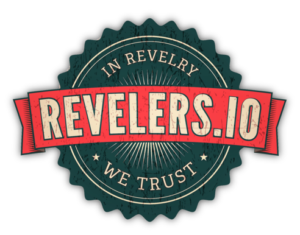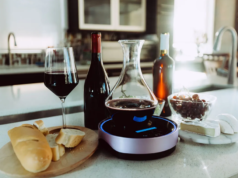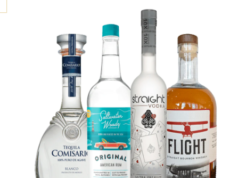Sign Me Up: How Subscription Models Drive Data, Consumer Engagement (BevNet).
Not as Simple as It Looks!
Driven by the growth of online retailers like Amazon and Jet, online grocery sales are predicted to become 20 percent of the overall grocery market by 2025, a more than $100 billion evaluation. But with the rise of these mega-retailers has also come the democratizing tool of direct-to-consumer (DTC) ecommerce, allowing brands to forge closer relationships with their customers and maintain more control over sales and customer data. Within this fast growing space, many startups are now looking to subscription models as a tool to growing their business.
According to McKinsey & Company, the online subscription service market has grown by more than 100 percent year-over-year for the past five years, jumping from $57 million in sales in 2011 to more than $2.6 billion in 2016. In both the pre- and post-internet eras, subscription based business models have typically operated as their own channel. From contact lenses to ready-to-cook meals to underwear, ecommerce brands have often built an entire business strategy around subscription, often through monthly box programs.
This applies to the food and beverage categories as well, where many brands are finding that subscription models make a strong addition to existing ecommerce and retail strategies. According to venture capital firm Greycroft, beverage stands to benefit from ecommerce in part due to high purchase frequency, gross margins, and market saturation, and subscription services have become a means for startup brands to generate strong, recurring sales that can help build a company quickly.
Building a Following
One startup brand that managed to take the subscription service to early success was meal replacement drink Soylent. Founded in 2013 from the remains of an aborted Silicon Valley cellular tech company, Soylent for its first few years solely utilized an ecommerce business model, both DTC and via Amazon, building with it a sizable consumer base. Not long after the launch however, the company identified a need to make sales more convenient for its frequent buyers. Soylent co-founder and former chief technology officer John Coogan told BevNET the company added a subscription service to fulfill a need for its online consumers.
“It really did come out of an organic customer need, and not a business need,” Coogan said. “In fact I think if we had been looking at it from a business perspective we might not have done it. It took a lot of work, it was complicated, it was not the cheapest thing, and there certainly wasn’t off-the-shelf technology for it at the time.”
As a meal replacement, most of Soylent’s consumers were drinking the product at least once daily. Seeing consistent ordering schedules, Coogan said, prompted the company to offer subscription, launching to instant popularity.
The consistency of subscriptions, Coogan said, helped Soylent to grow and scale faster, while the data collected from consumers allowed it to make adjustments to production levels as conditions changed. Inversely, running an ecommerce-based business without a subscription service opens a company up to vulnerabilities such as shifts in Facebook marketing algorithms or lack of media coverage that can create more volatility in sales, Coogan said, and can make it harder to predict how much product is needed on a monthly basis.
Instant coffee brand Sudden Coffee has made subscription service a core part of its business, founder and CEO Josh Zloof told BevNET. Harkening the model to the coffee shop experience, Zloof said DTC sales create a more personalized “touchpoint” between the brand and the consumer in contrast to the impersonal interfaces of larger online retailers. By utilizing newsletter mailing lists, the company is able to direct the customer’s attention toward different elements of the product by discussing coffee blends, sourcing, and other related topics.
Zloof said Sudden Coffee has focused its efforts on how to drive trial into subscription. The company gives a per unit discount for a subscription over one-time purchases — a common practice — advertising the cost savings during the checkout process, and offers a free trial to give consumers a risk-free chance to try.
“As a startup our most important thing is learning,” Zloof said. “We want to be able to iterate quickly and know if we’re onto the right thing, know who the right customers are, have these details. With subscription and DTC you have people’s emails, their address, you can looked them up on LinkedIn or Facebook and see who they are.”
While Sudden Coffee initially targeted the millennial demographic, Zloof shifted the company’s business strategy upon discovering that the subscribers tended to be older doctors, professors, and other professionals. Millennials, he said, would try Sudden Coffee, but the repeat buyers were between 35 and 55. The company has since refocused its social media marketing from Instagram to Facebook, and began highlighting qualifications such as “Fair Trade” that resonate more with the Gen X base.
Zloof even offers his subscribers opportunities to schedule time to talk directly with him and the team, creating an even closer relationship with his consumers.
“It changes your marketing tactics,” Zloof said. “If someone just buys once you have to do this direct email campaign after the fact. I’d rather have you subscribe and I can give you content relevant to the experience and teach your something than fill up your inbox with coupons to get you to buy more.”




